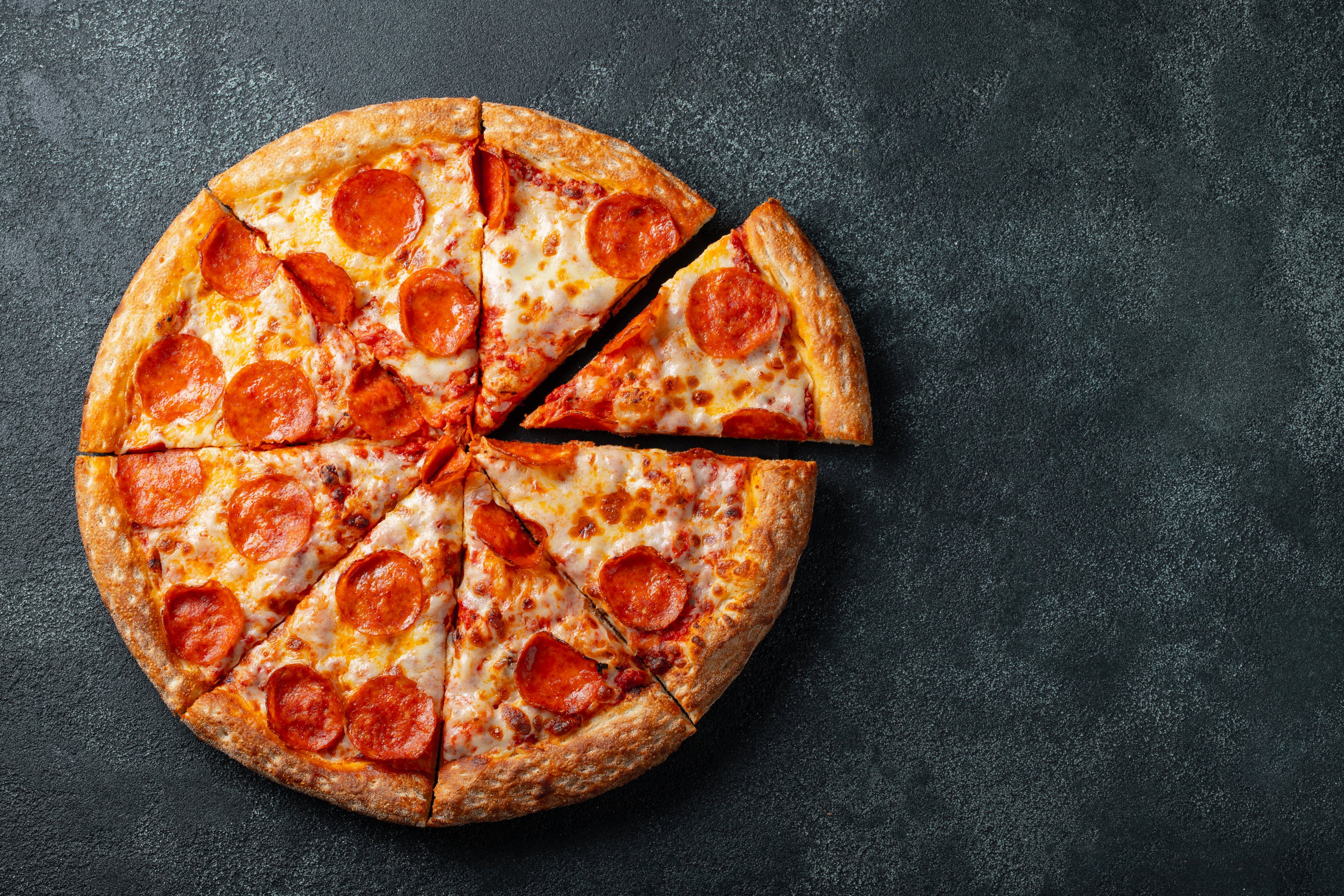Domino's Pizza (DPZ 0.45%) recently launched a "pizza ordering button" in the U.K. that lets users order their favorite pizza with the push of a button. The button comes in two versions -- a virtual one and a physical one. The virtual button can be found in its mobile app, while the physical version is a tiny magnetic button which can be placed around the house.

Source: Domino's Pizza.
To use the button, a customer needs to save a delivery address, payment information, and a favorite order to Domino's website and app. Afterward, the favorite order can be placed by simply pushing the button. Domino's will launch its first wave of physical buttons through a "socially led" campaign in December, then launch the second batch next February. It's unclear if Domino's will launch these buttons in additional markets.
Following Amazon's lead
Domino's strategy should sound familiar to Amazon (AMZN 1.80%) investors. Earlier this year, the e-commerce giant released its "Dash Buttons" to Prime members. Like Domino's pizza buttons, Dash Buttons can be stuck around the home to reorder branded consumables like Tide detergent or Gillette razors with a single button press.
These physical buttons reduce the "friction," or steps required, to complete each purchase. The underlying idea is that customers will more likely buy products online if fewer checkout steps are required. Amazon hasn't disclosed how many Dash Buttons have been shipped, but Daniel Rausch, Amazon's director of product management, declared in September that "it's working" and that the company will "continue to scale and grow" the Dash ecosystem. Several companies are also directly integrating Amazon's Dash technology into washers, printers, and other devices to automatically reorder detergent or ink.
Domino's and Amazon's physical buttons greatly simplify the Internet of Things (IoT), a somewhat nebulous market which includes wearables, smart appliances, and connected cars, into a concept which mainstream consumers can easily understand.

Amazon's Dash Buttons. Source: Amazon.
Gimmick or gold mine?
However, it's hard to tell if Domino's magic pizza button is a PR stunt or a genuine effort to follow Amazon's lead. The company already lets U.S. customers pay with a text messages, order via tweets using a pizza emoji, and place voice orders from smart TVs, Xbox One consoles, smartwatches, and connected cars. All these moves got plenty of press coverage, but it's unclear how many people use each service.
Nonetheless, Domino's claims that its emphasis on tech innovation helped it generate about half of its U.S. sales from digital channels at the end of 2014. It also states that its ordering apps now reach 95% of the U.S. smartphone market, and that new and innovative approaches like tweets help expand that reach. Domino's also claims that 40% of its digital users have created an online profile that connects to Easy Order functions (like tweets and ordering buttons) and loyalty programs. During last quarter's conference call, CEO Patrick Doyle said he expects these initiatives to keep driving "order frequency and connect with customers" through an "unmatched digital experience."
Domino's top rival, Yum Brands' (YUM +1.98%) Pizza Hut, is also investing heavily in digital channels. In addition to regular ordering apps, Pizza Hut unveiled a digital menu last year that "reads" customers' minds with eye-tracking technology. By detecting which pizza a customer views the longest, the app makes recommendations to speed up individual orders. During last quarter's conference call, CFO Pat Grismer stated that Yum was "making necessary investments to improve Pizza Hut's brand position, operations, and digital experience," but he didn't disclose digital statistics like Domino's.
Still growing faster than Pizza Hut
Domino's is still growing at a much faster rate than Pizza Hut. Last quarter, Domino's revenues rose 8.5% annually to $485 million. Domestic same-store sales rose 10.5% as international same-store sales climbed 7.7%. Pizza Hut's revenue fell 0.8% to $262 million last quarter as same-store sales edged up 1%.
Therefore, Domino's pizza buttons might be a PR stunt, but could also be an interesting way to test the waters in "frictionless" orders across the Internet of Things. Either way, they help extend Domino's technological lead over Pizza Hut, which has fewer ordering options and much weaker sales growth.






